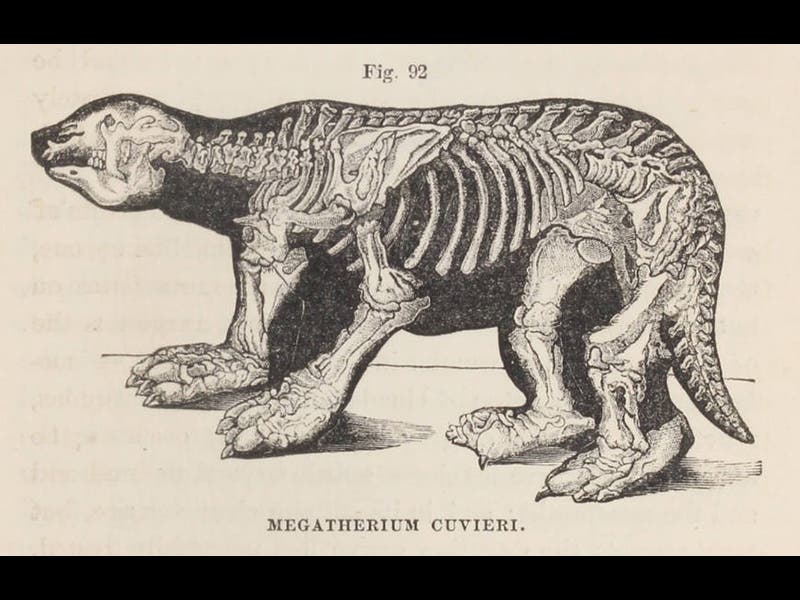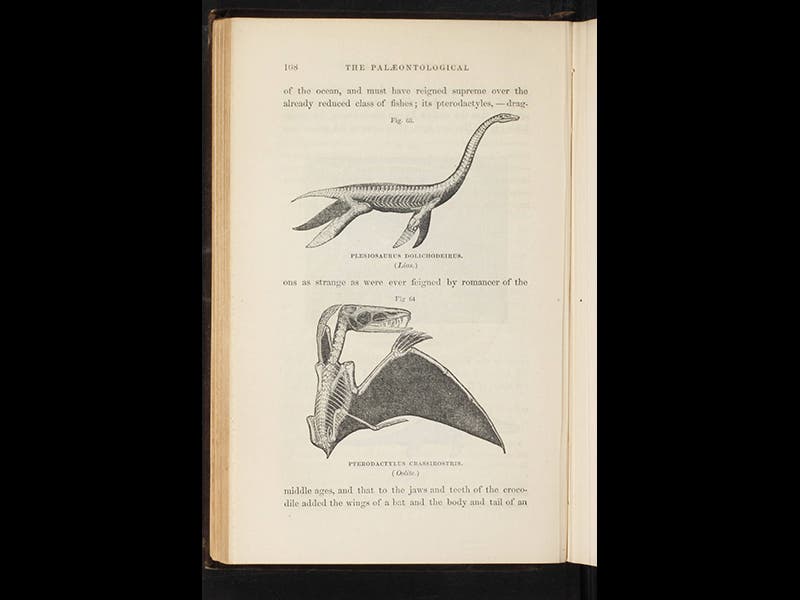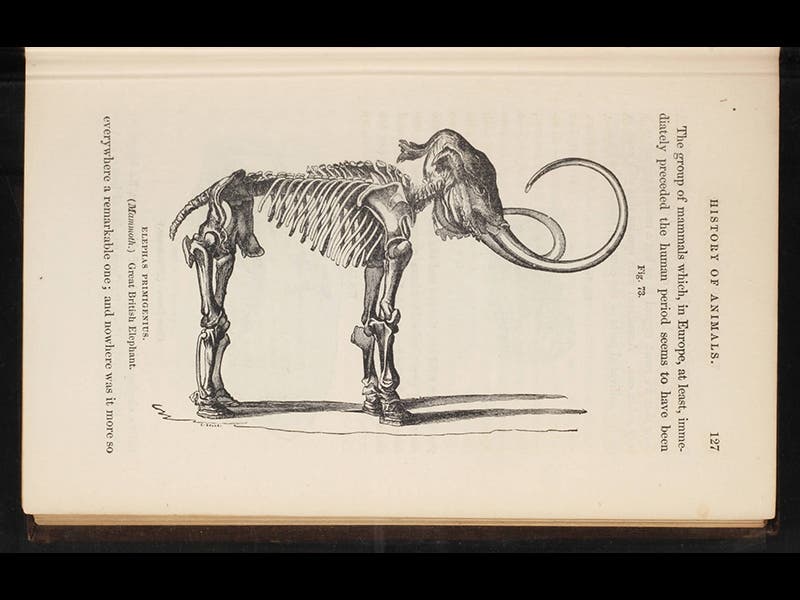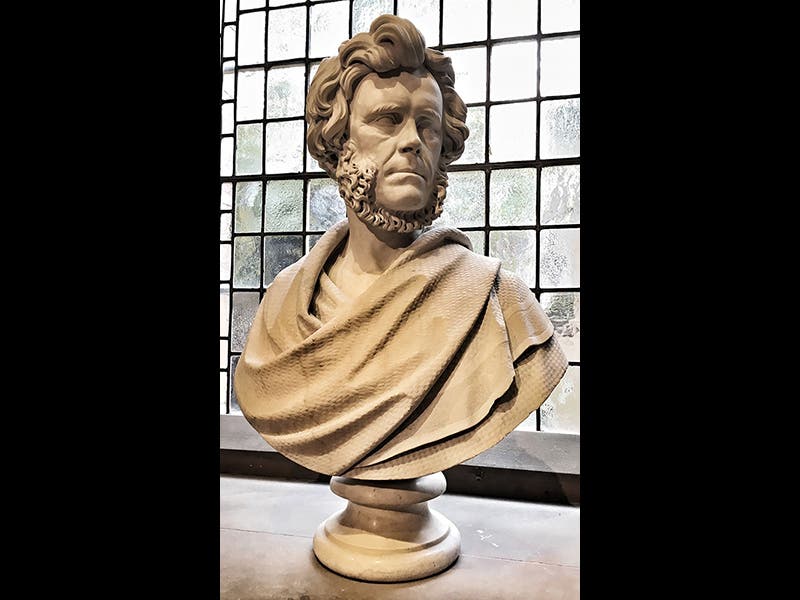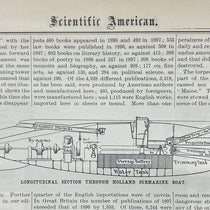Scientist of the Day - Hugh Miller
Hugh Miller, a Scottish geologist, was born Oct. 10, 1802. Miller worked for some years as a quarryman, but he taught himself geology, started to write, became editor of a new journal, and before long was a major literary figure on geological topics. He published The Old Red Sandstone in 1841, but the appearance of the anonymous Vestiges of Creation (1844), a popular espousal of evolutionary ideas, gave Miller his real life's vocation--combating the idea of evolution and defending the principles of natural theology—the belief that one can best learn about the wisdom of God by studying nature. He would publish Footprints of the Creator in 1849, and in 1857, The Testimony of the Rocks, the subtitle of which is revealing: or, Geology in its Bearings on the two Theologies, Natural and Revealed. We have all these works in our History of Science Collection.
His last book was published after his death, and a bizarre death it was. In 1856, Miller began to have periods of mental instability, including strange demonic visions, and he feared he was losing his mind. His physician tried to help with sedatives, but on Christmas Eve of 1856, the stress was too great, and Miller fatally shot himself. Suicide was greatly frowned on at this time, with suicides often refused Christian burial, but once it was learned that Miller had been driven to his death by mental demons, his reputation was restored, and Miller was widely praised as a Scottish hero and indeed lionized right down to the present day. In 2002, there was a bicentennial celebration for the “Stonemason of Cromarty” that would have done Robert the Bruce proud. And if you visit the Wallace Monument in Sterling, you can see Miller’s bust enshrined with the likes of Sir Walter Scott and James Watt (fifth image; Miller is second from the right, next to Robert the Bruce). There is a copy of this bust in the National Portrait Gallery of Scotland (sixth image). That is a fairly respectable legacy, for someone whose books became instantly obsolete with the publication of Darwin's Origin of Species in 1859.
The first four illustrations, from The Testimony of the Rocks, depict a megatherium; a plesiosaur and pterodactyl; a crinoid; and a mammoth. For Miller, they were evidence of God’s providence and design, and not of any kind of evolutionary change.
Dr. William B. Ashworth, Jr., Consultant for the History of Science, Linda Hall Library and Associate Professor, Department of History, University of Missouri-Kansas City. Comments or corrections are welcome; please direct to ashworthw@umkc.edu.


